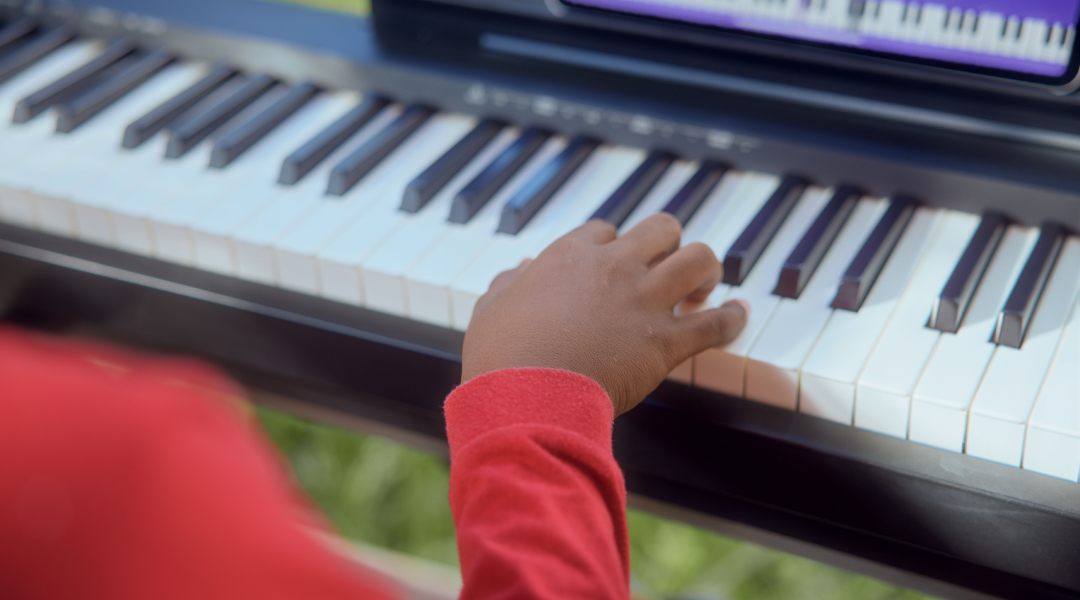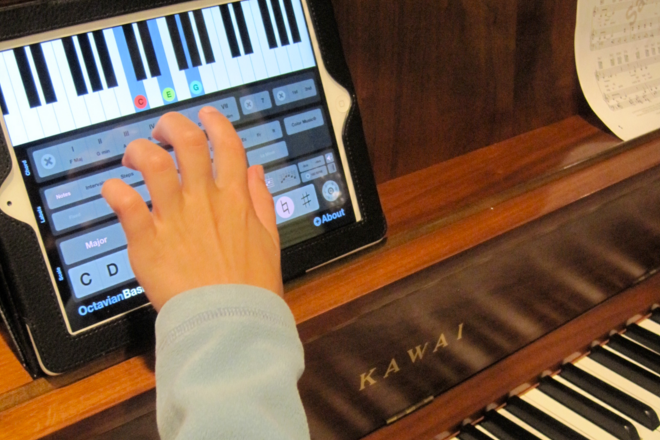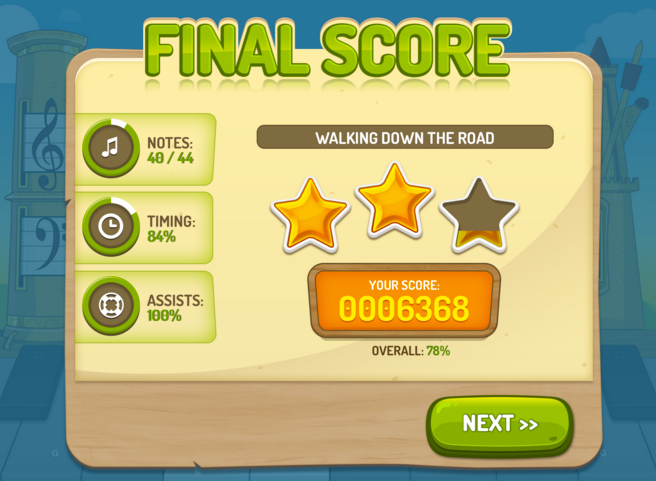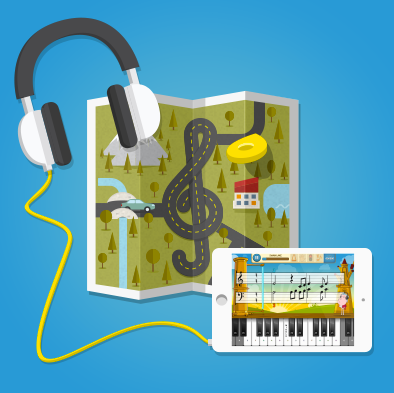Everything You Should Know About a Piano Recital
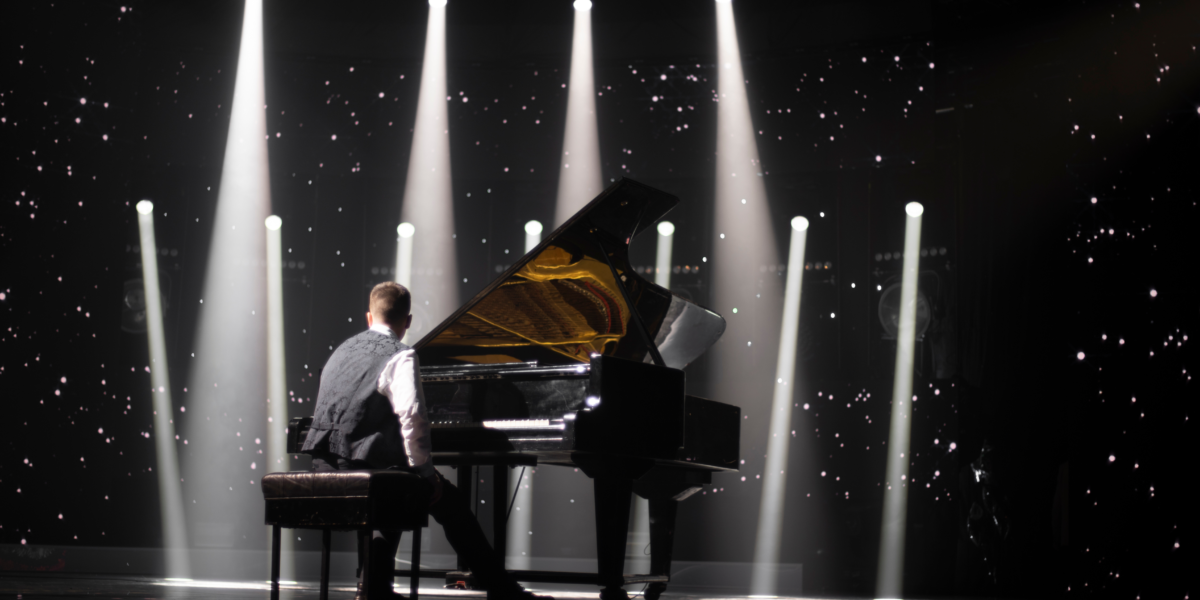
If you are going to watch a piano recital for the first time, then this article is for you. Learn how to dress for the occasion and what gifts are appropriate after a piano recital.
At a piano recital, you can be a fan of someone special to you. Maybe it is your child, a friend, or a niece or nephew you want to support. As part of the audience, you want to know how to dress properly for the occasion and when to clap.
Maybe it’s your first time going to a recital, or it’s been a while since you have attended one. Don’t worry! We’ll share our best tips for attending a piano recital.
What is a piano recital?
A piano recital is a time for music students to show off what they learn in their lessons. Students work hard to practice one or more pieces to perform in front of an audience. Pianists may spend several weeks preparing for this special event.
Beginning students usually share a piece or two next to other students. Advanced students may have a solo recital and perform complicated classical pieces.
The recital may occur in the piano teacher’s home or a concert hall. Piano students usually invite friends and family to be a part of the audience. Also, this event may be open to the public at a school recital.
How long does it take?
The recital length can vary depending on how many students are on the playlist and the difficulty level. Beginning students may have short pieces that are only two or three minutes long.
This means the recital could be over in 45 minutes. A senior solo recital can last an hour and a half with an intermission. Some recitals may offer snacks to guests and performers after the performance.
Check your invite for specific details on how long the recital should last.
What to wear when you attend
When you attend a piano recital, you want to dress appropriately for the event. Usually, the performer has strict guidelines on what to wear or not wear. Still, as part of the audience, you want to fit in.
You might feel uncomfortable if you are the only one to show up in shorts and flip-flops. So, here are some ideas for how to dress for a piano recital. The final wardrobe choice is up to you!
What to wear:
- Formal slacks
- Knee-length skirts
- A stylish dress
- A button-down shirt
What to avoid:
- Spaghetti straps
- Mini-skirts
- Sweat pants
- Flip-flops
- Athletic wear
Some recitals are laid-back and casual, while others are fancier. Business casual is usually a safe choice if the invite doesn’t specify how to dress.
Proper etiquette at a recital.
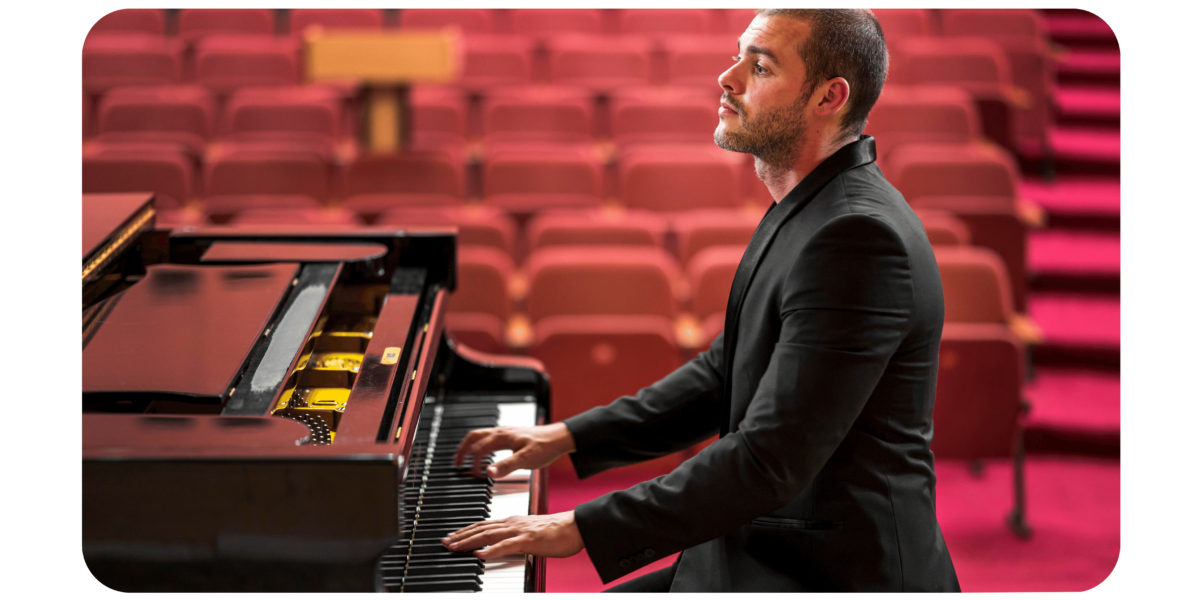
Arrive on time
You don’t want to interrupt the recital after it is in full swing. So, double-check when the recital starts, and aim to be there at least 15 minutes early. Arriving a few minutes early ensures you have a good view of the stage and can enjoy the music to the fullest.
If you are running late, wait until a music piece is over before you enter. Entering midway through can cause a student to lose focus and falter on the keys.
Turn your phone to silence mode
Make sure to turn the sound off on your phone when you enter a recital. No one want’s to be interrupted by a loud phone ring in the quiet part of the piece as the suspense builds. You especially don’t want the phone you hear to be yours.
Some are recording the piano recital live. These tracks can help a student have mementos from the big day. Sometimes the pianist or school may sell the music to support the performer or music program. You don’t want your ringtone to have a spotlight on the track.
Don’t leave in the middle of a performance
As a general rule, don’t ever leave in the middle of a recital. Most recitals last only an hour or less, so it shouldn’t be hard to relax in your seat for that length. If it goes longer, there usually is an intermission and a chance for a bathroom break.
However, if nature is urgently calling, try to wait until the piece or movement is over. You can make your dash when the pianist’s hands come off the keys. Just try not to bang a door behind you in your hurry!
Clap appropriately
Are there rules about clapping? When and how to clap at beginner student recitals is not an issue. Most kids are happy with affirmation. However, when pieces become more complex, there are specific rules about when and when not to clap.
Most classical pieces have three or more movements. These movements are different sections of the same piece. Then, there is a short pause before the next movement begins. This pause makes you think the music is over, but the piece isn’t through yet! Never clap between movements in a classical piece.
Instead, clap after all the movements are complete. The pianist may even stand up and bow when a piece is over. If you’re unsure whether the piece is done, look at your program for cues. On the program, you can see how many pieces and movements are part of the performance. You can even check off each pause as you go to stay on track!
Or, wait until you hear several people start to clap and clap along.
How the piano recital got its start.
In 1840, Franz Liszt held two performances that he called Liszt’s Pianoforte Recitals. This was the first time anyone used the word recital to refer to a musical event. Before this, the term was applied strictly to dramatic readings.
Liszt’s recitals also deviated from the normal concert. He made the environment friendly, using the breaks between pieces to talk to the audience. He also changed how the stage was arranged by turning the piano so the audience could see his profile and watch his fingers fly across the keys. Not only did he play his own compositions, but he created new interpretations of pieces by Beethoven, Chopin, Schubert, and others.
In piano history, Franz Liszt gave the uptight concerts of the era a more relaxed air. He also set the stage for our modern piano recitals.

Extra: Great gifts ideas for students’ piano recitals
To congratulate a pianist for a job well done, you can give them a gift after the performance. It is most common to give a pianist a bouquet. This gift is appropriate for both men and women performers.
However, if you want to find a unique gift, you can choose music equipment you know they want, such as a metronome, a piano app subscription, or a portable keyboard. If you are unsure what to give, a gift card can be a great choice. Then, your musician is sure to get what they need.
Ready to attend a recital?
Attending a recital can be a fun way to relax to music while supporting someone you love. With a few helpful tips, you can dress to impress and clap at all the right times.
Check out the Simply Piano app to better understand what it takes to learn piano.






